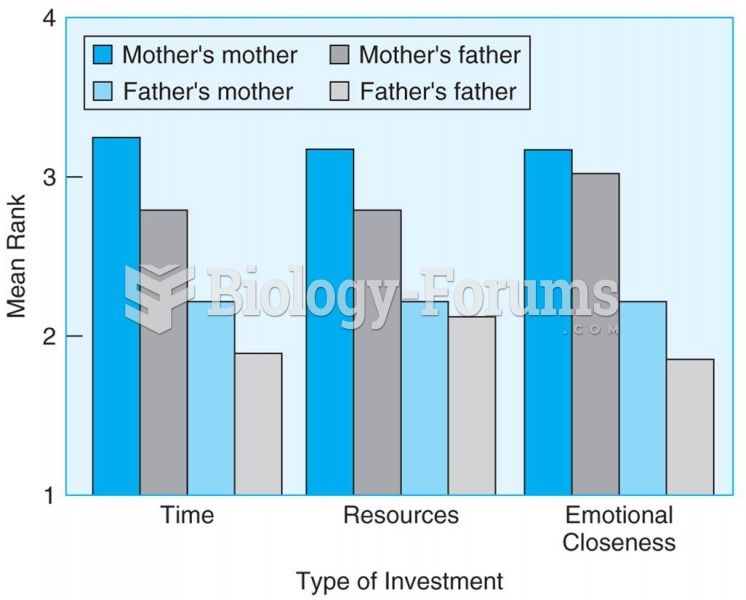Answer to Question 1
In Apprendi v. New Jersey (2000), SCOTUS dropped the hands-off approach and brought the Constitution into the sentencing proceeding. Charles Apprendi, Jr., was convicted of possessing a firearm for an unlawful purpose, a felony in New Jersey normally punishable by 5 to 10 years in prison. New Jersey also had a hate crime statute providing for an extended punishment of 10 to 20 years if the judge found, by a preponderance of the evidence, that the defendant committed the crime with a purpose to intimidate an individual or group of individuals because of race, color, gender, handicap, religion, sexual orientation or ethnicity (469).
Apprendi argued that racial purpose was an element of the crime that required proof beyond a reasonable doubt. New Jersey argued that the choice of elements of offenses is for legislatures to make and that New Jersey's legislature chose to make racial purpose a sentencing factor.. The five-member majority agreed with Apprendi and adopted the Apprendi bright-line rule: Other than the fact of prior conviction, any fact that increases the penalty for a crime beyond the prescribed statutory maximum must be submitted to a jury, and proved beyond a reasonable doubt (490).
Apprendi was supposed to be a ringing endorsement of the right to trial by jury (Allen and others 2005, 1718). Sentencing guidelines and mandatory minimum sentencing laws allowed trial judges to decide facts related to defendants' punishment. According to the majority, guidelines and mandatory minimums threatened the democratic right to have our peers decide those critical facts. Apprendi was supposed to eliminate that threat.
Answer to Question 2
C







